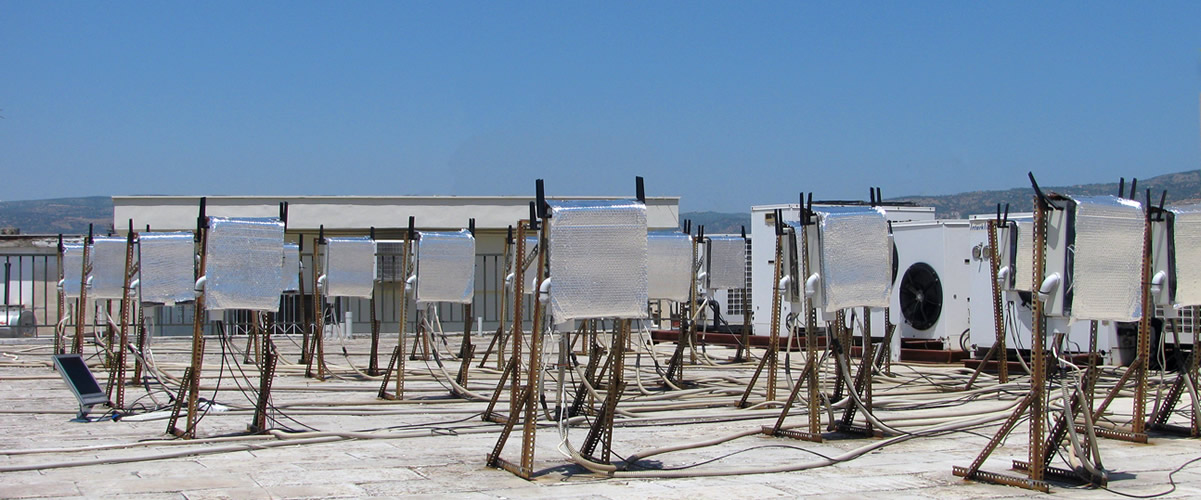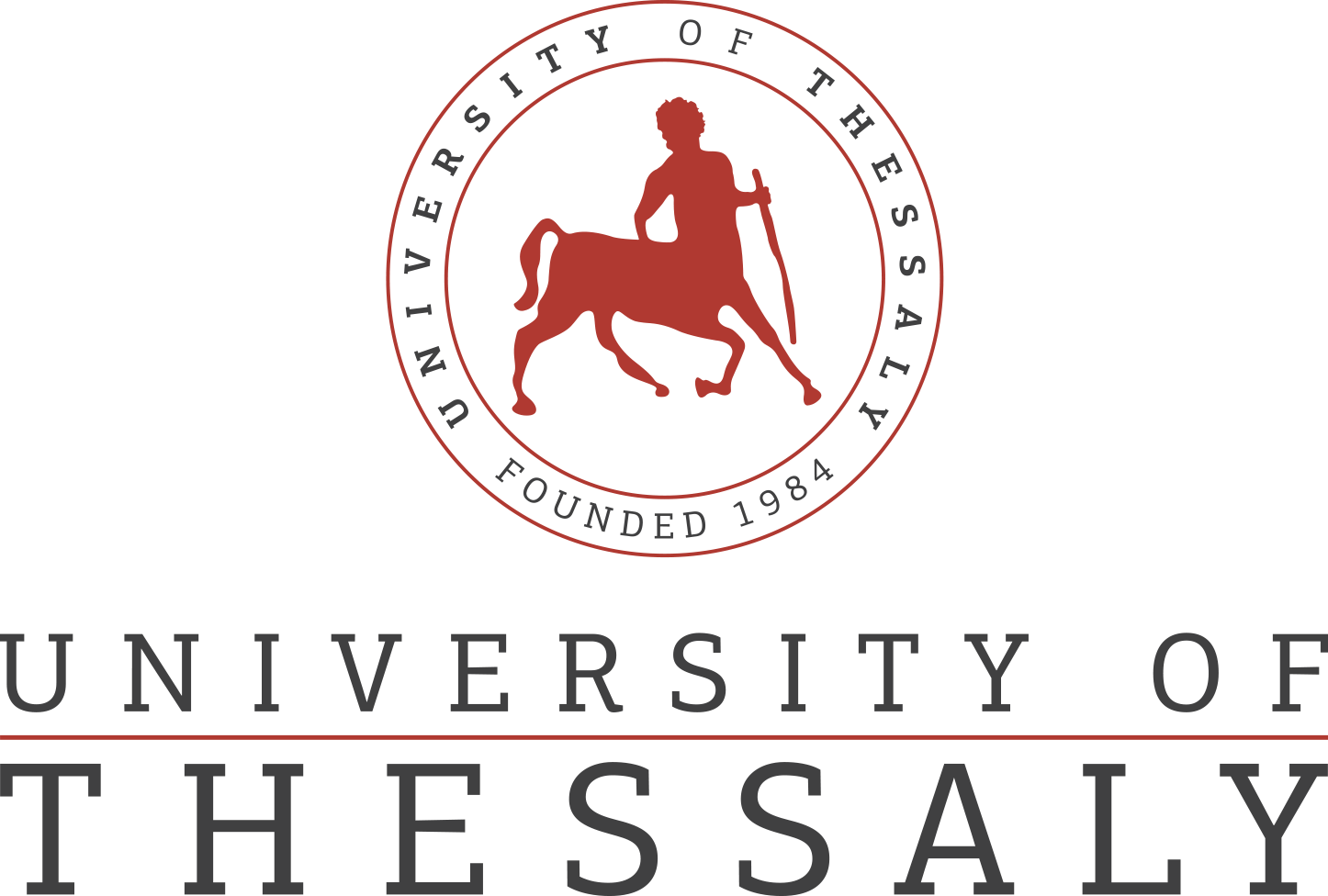OpenLab
OpenLab brings together the essential ingredients for an open, general purpose, and sustainable large-scale shared Future Internet Research and Experimentation (FIRE) Facility. We advance early prototypes of this Facility. These are testbeds, middleware, and measurement tools that we extend to provide more efficient and flexible support for a diverse set of experimental applications and protocols. The prototypes, coming from former FIRE initiatives OneLab and Panlab, as well as other valuable sources, include a set of demonstrably successful testbeds: PlanetLab Europe, with its 150 partner/user institutions across Europe; the NITOS and w-iLab.t wireless testbeds; two IMS telco testbeds for exploring merged media distribution; the GSN green networking testbed; the ETOMIC high precision network measurement testbed; and the HEN emulation testbed. Associated with these testbeds are similarly successful control- and experimental-plane software. OpenLab advances these prototypes with key enhancements in the areas of mobility, wireless, monitoring, domain interconnections, and the integration of new technologies such as OpenFlow. These enhancements will be transparent to existing users of each testbed, while opening up a diversity of new experiments that users can perform, from wired and wireless media distribution to distributed and autonomous management of new social interactions and localized services, going far beyond what can be tested on the current Internet. OpenLab‘s interoperability work will bring FIRE closer to the goal of a unified Facility and will provide models that we will promote to the Future Internet PPP. Finally, we will, through open calls, support users in industry and academia, notably those in FP7 Future Internet projects, who propose innovative experiments using the OpenLab technologies and testbeds.
Start Date: 01/09/2011
Duration: 30 months
Openlab WP3 (UTH leads this WP):
This workpackage focuses on the enhancement of a number of existing wireless testbeds with a specific focus on supporting mobility related experiments. Enhancements will be in the following areas:
- Add new capabilities, such as support for LTE
- Extensions to the resource description ontology addressing the wireless and mobility domain
- Extend existing user tools to incorporate the above resource description
- Extend NITOS scheduler for a federated environment with ̳pluggable‘ policies
- Extend support for mobility focused experiments, specifically through: i) placing testbed resources on robots whose mobility can be controlled by the experimenter, ii) programmatic control of the wireless attenuation between devices to emulate mobility and iii) support for disconnected operation from the control plane for devices carried by users
- Extensions to the instrumentation and measurement framework to: i) capture device location indoors as well as outdoors and ii) support collection and management of privacy-sensitive data for experiments with real users
- The testbeds concerned by this workpackage include NITOS, DOTSEL and w-iLab.t
NITOS Hardware Extensions within the context of OpenLab:
NITOS will be extended with:
- LTE Base Stations
- 3G-femtocell Base Stations
Project's website: http://www.ict-openlab.eu/
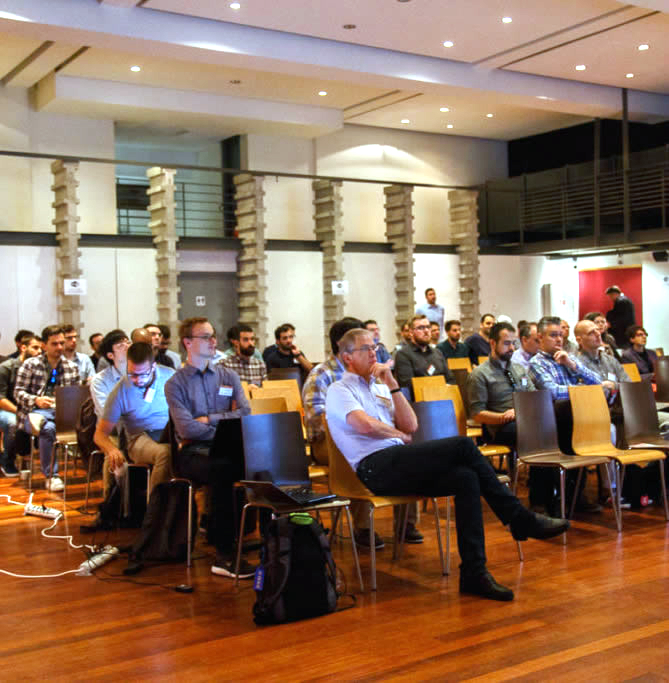
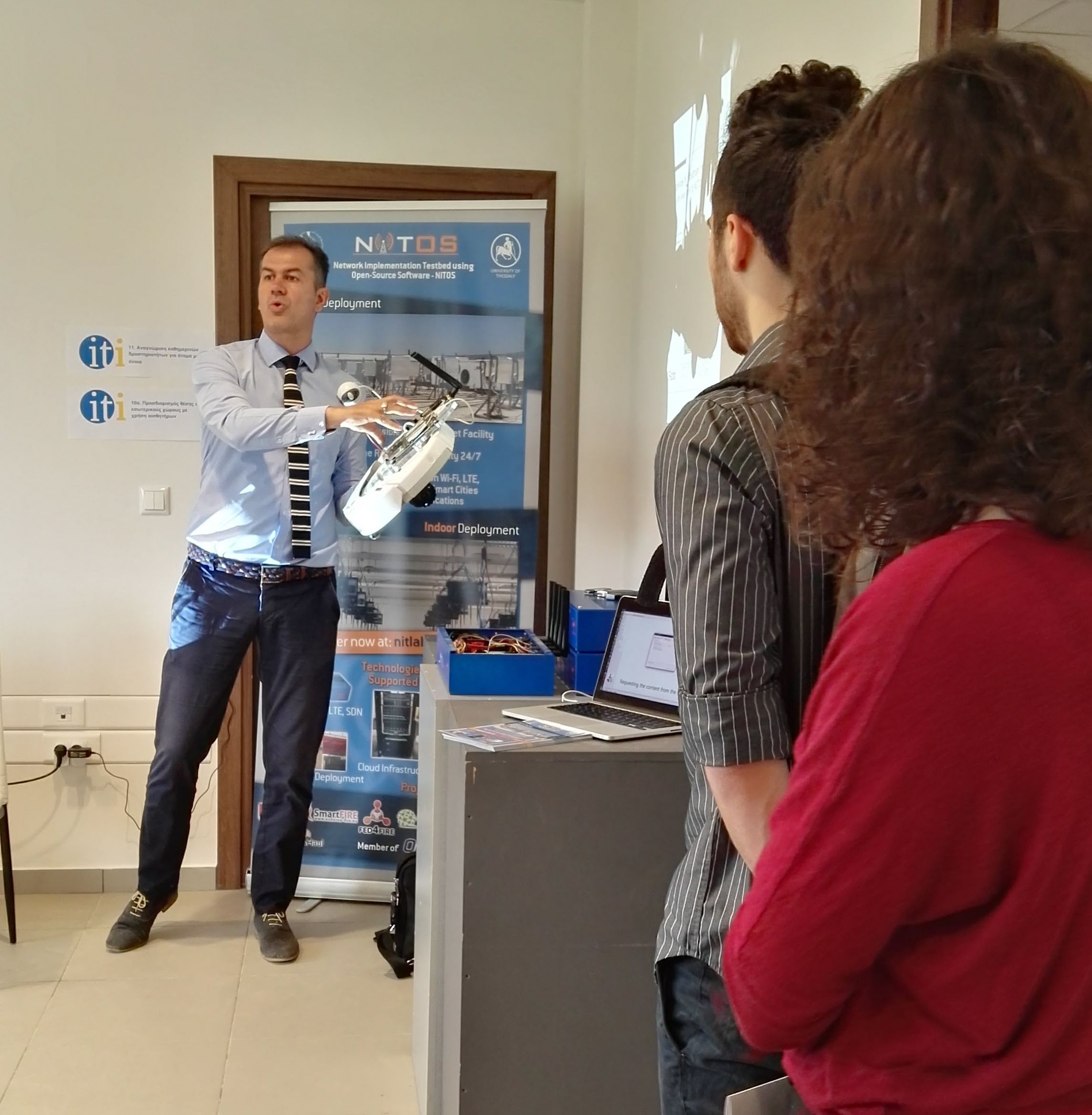
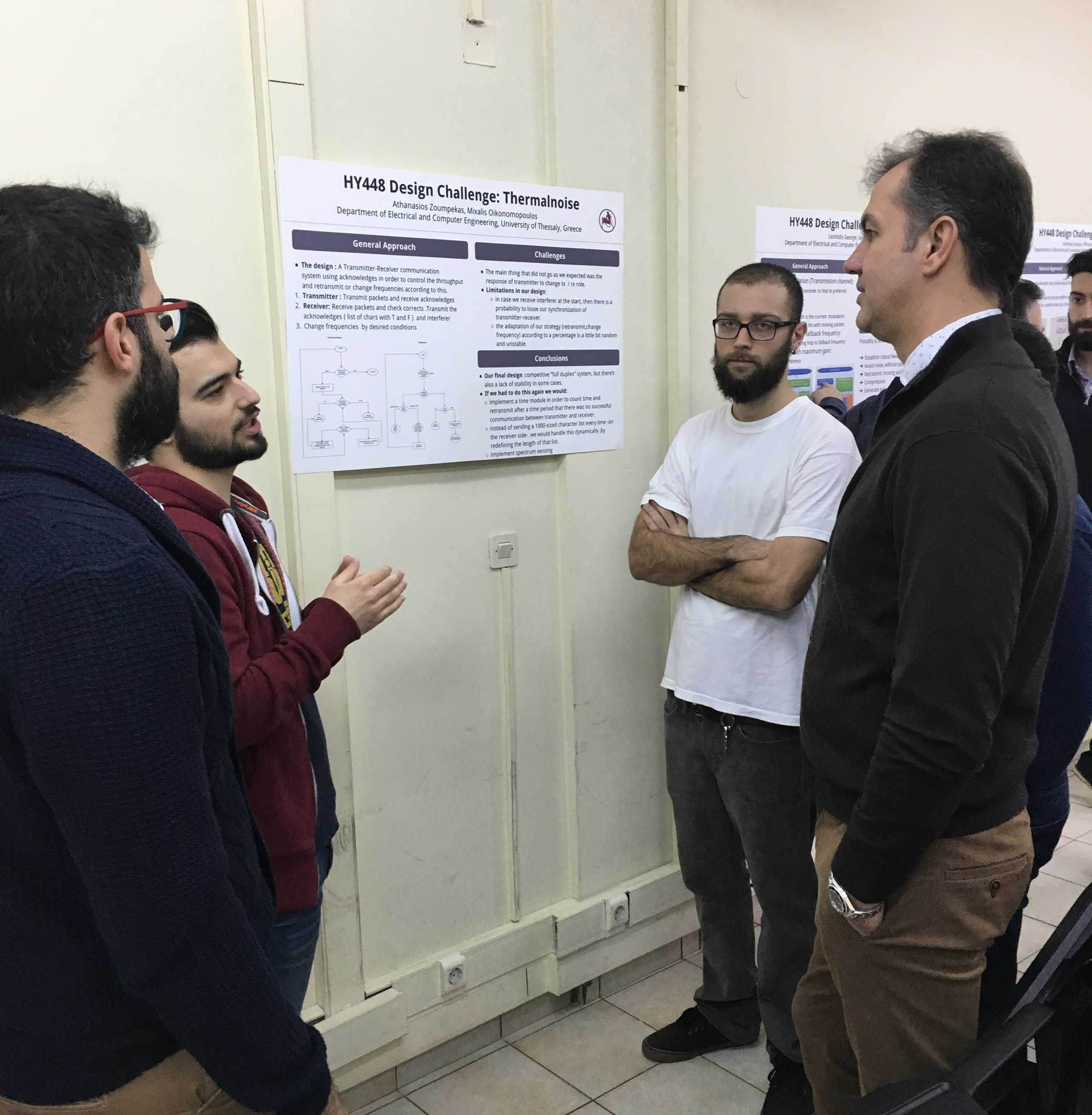

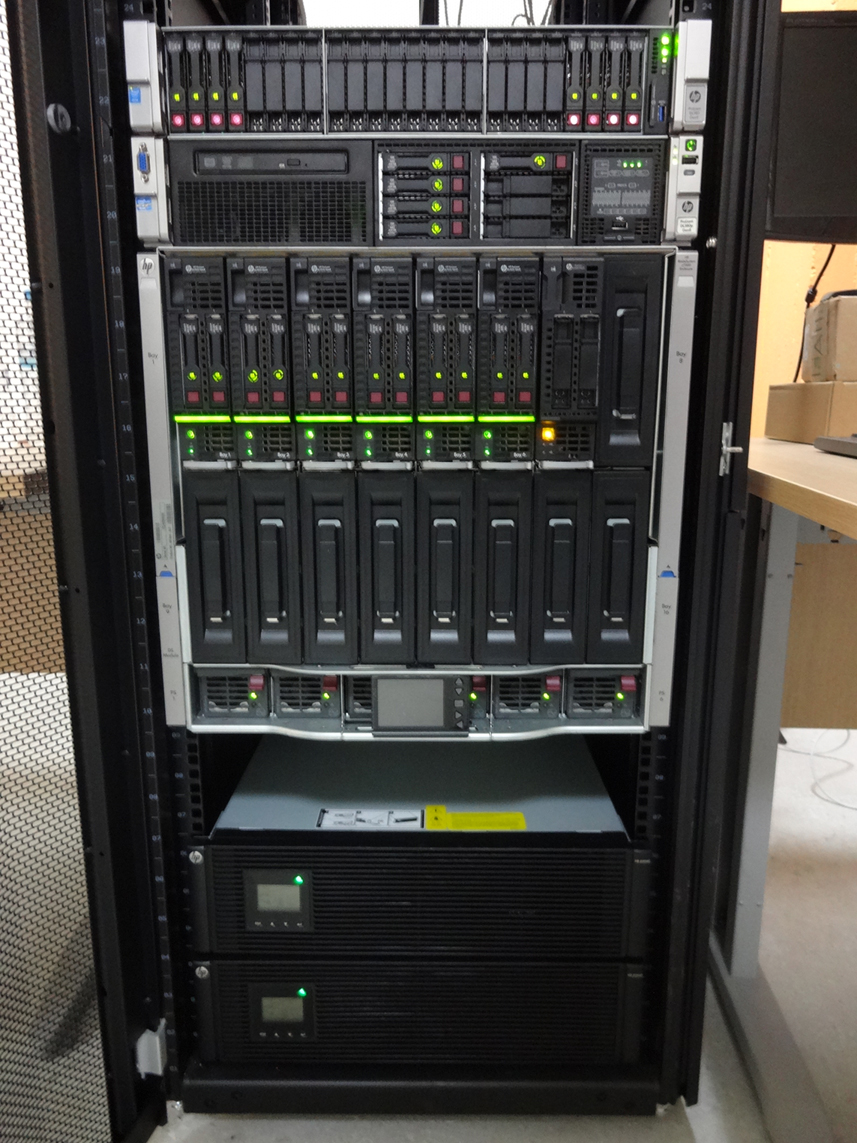 Each blade server has
Each blade server has